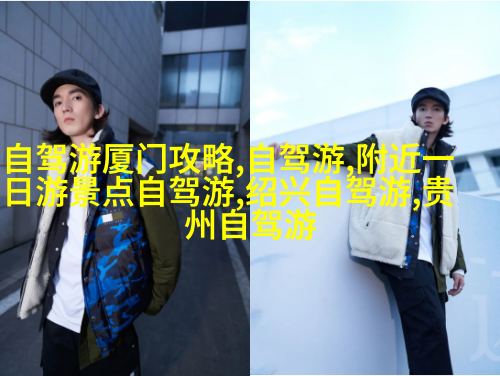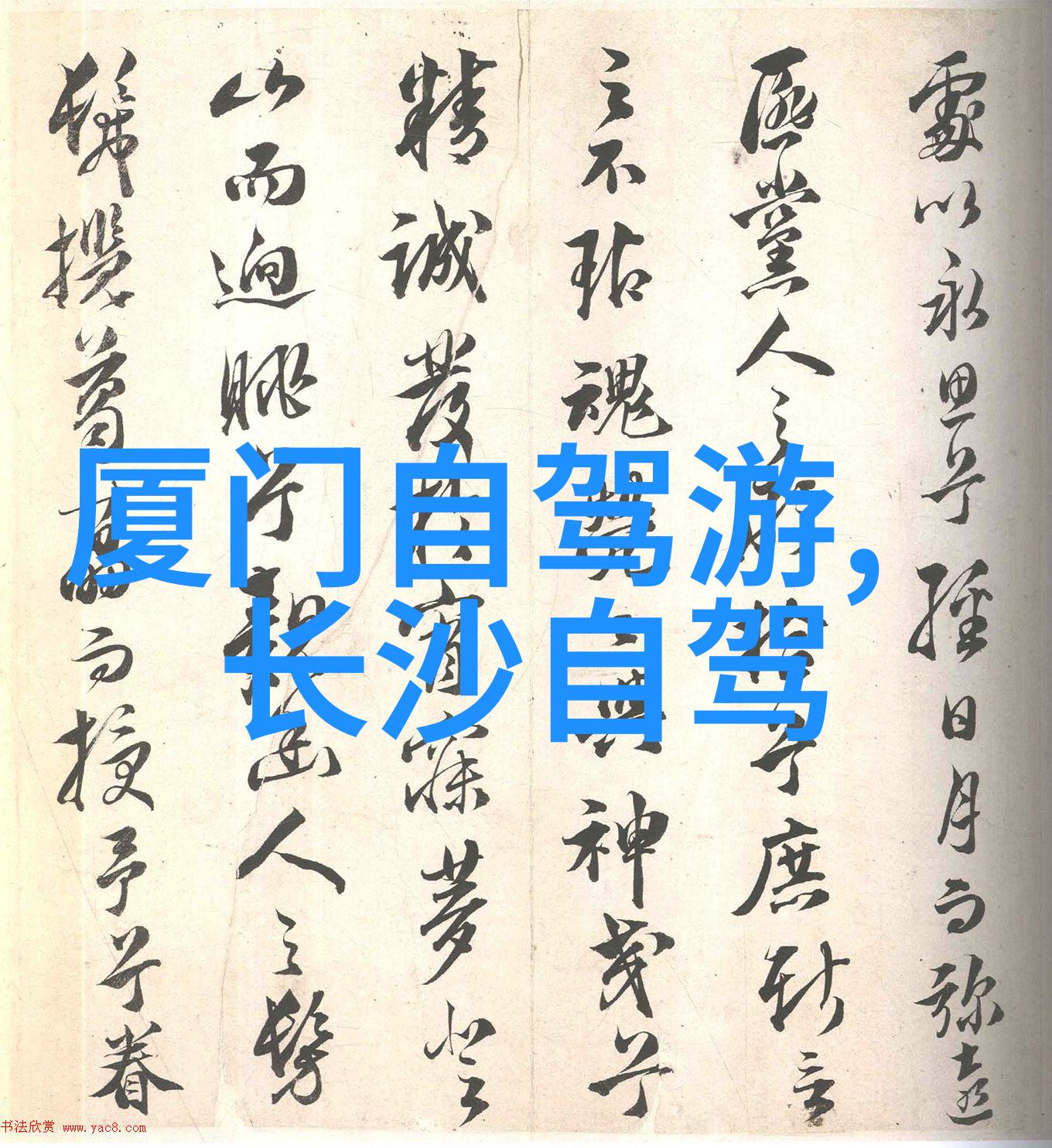北京故宫景点英语介绍深入了解中国古代皇家宫殿
What is the History of Beijing's Forbidden City?

The Forbidden City, a majestic palace complex located in the heart of Beijing, has been a symbol of Chinese imperial power for over 500 years. This UNESCO World Heritage Site attracts millions of visitors each year who come to marvel at its grandeur and learn about its rich history. But have you ever wondered how this magnificent structure was built? In this article, we will delve into the fascinating story behind the construction of the Forbidden City and explore some interesting facts about its architecture.
How Was the Forbidden City Built?

Construction on the Forbidden City began in 1406 during the reign of Emperor Yongle, who ruled China from 1402 to 1424. It took nearly two decades to complete and required an enormous workforce consisting of thousands of laborers, carpenters, masons, and artisans from all over China. The city was built using traditional Chinese architectural techniques such as wood framing with intricate carvings and decorations.
The site chosen for construction was originally a swampy area that had been drained by workers who dug canals and created artificial hills to provide support for buildings. The result is an impressive palace complex that covers an area equivalent to seven football fields!

What Makes Up the Architecture?
One striking feature that sets apart Chinese architecture from others is its use of curved lines rather than straight ones found in European or Islamic designs. This curvature gives buildings like those within the Forbidden City their distinctive appearance.

Another characteristic unique to Chinese palaces like these are four main gateways called "brackets" which serve as supports for roof tiles above them while also serving as symbols representing heaven (the dragon), earth (the phoenix), man (the unicorn) or water (the turtle). These brackets were painted bright red during important ceremonies signifying good luck because red represents prosperity according to Confucianism.
Furthermore there were more than five hundred rooms inside including temples halls residences libraries gardens courts fountains bridges – many hidden passageways! Some even featured secret chambers used by emperors when they wanted privacy from courtiers servants guards etcetera

It's not just about beauty though; functionality played an essential role too: every corner nook & cranny served specific purposes whether it be housing people artifacts ceremonial spaces military command centers or storage facilities etcetera so effectively utilized space while creating awe-inspiring visuals simultaneously
There are plenty other aspects worth exploring but let me know if you want more info!



